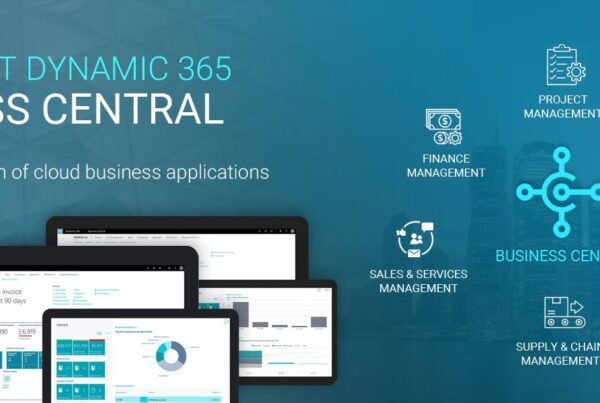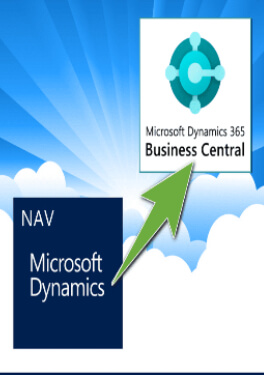As you embark on the journey of taking your business to the next level, congratulations on making the bold decision to implement an ERP system! The process of ERP implementation can be challenging but also incredibly rewarding. However, the work doesn’t stop once the system goes live. The real magic happens in the ERP post-implementation phase.
ERP post-implementation is a crucial stage that involves monitoring, maintenance, optimization, and continuous improvement. These activities are crucial to ensure that your ERP system is running efficiently and meeting your business needs. So let’s dive deeper into the process of ERP implementation and the various phases involved, and explore the creative ways of making this journey a delightful one.
Four Phases of the ERP Implementation Process
The process of ERP implementation can be divided into four phases: planning, design, implementation, and post-implementation. The planning phase involves identifying your business needs, selecting the appropriate ERP system, and assembling a team to manage the project. As you embark on this phase, think of it as a journey to discover new horizons, identify untapped potential, and gather a team of creative minds to dream big.
The design phase is where you will map out your business processes and configure the system to align with them. Think of this phase as the artist’s canvas. It is an opportunity to showcase your creativity and design your masterpiece. You get to weave your business processes into a work of art that your team can use to enhance your business.
The implementation phase involves testing the system, training users, and migrating data. During this phase, it’s important to remember that you’re not alone on this journey. Your team will be with you every step of the way. Think of it as a group of adventurers embarking on an exciting expedition. Together, you will explore new territories, face challenges head-on, and emerge victorious.
Finally, the post-implementation phase involves monitoring, maintaining, optimizing, and continuously improving the system. This is where the real magic happens. It’s time to roll up your sleeves, put on your creative thinking caps, and let your imagination run wild. Think of it as a playground, where you get to test new ideas, experiment, and explore new possibilities.
ERP post-implementation is a crucial phase that helps businesses get the most out of their ERP system. Let’s explore the various activities involved in more detail, and how you can make them more creative.
1. Monitoring:
ERP post-implementation monitoring involves tracking system usage, and performance metrics, and identifying potential issues. This phase can be more creative than you think. Use visual aids, such as graphs and charts, to showcase the system’s performance. You could even create a dashboard that provides a real-time view of the system’s performance, making it more engaging and fun to monitor.
2. Maintenance:
ERP post-implementation maintenance is critical to ensure that the system remains secure and up-to-date. Here’s where you can get creative by gamifying the maintenance process. Create a scavenger hunt where team members hunt for bugs and issues within the system, awarding points for each successful bug fix. You could even create a leaderboard to keep everyone engaged and motivated.
3. Optimization:
ERP post-implementation optimization involves fine-tuning the system to make it more efficient and effective. To make this phase more creative, host an ERP hackathon. Challenge your team to come up with creative solutions to improve the system. Provide incentives for the most creative solutions, and watch as your team comes up with innovative ideas to optimize the system.
4. Continuous Improvement:
ERP post-implementation continuous improvement is a crucial part of the process. This phase can be more creative than you think. Create a suggestion box where team members can submit ideas for improving the system. Award prizes for the most innovative ideas and implement the best suggestions. You could even create a dedicated forum where team members can collaborate and share ideas.
Oh, but wait, we’re not done yet. There’s more to this journey. Once the ERP system has been implemented and the post-implementation phase has been completed, it’s time to reap the rewards. The benefits of implementing an ERP system are numerous, and businesses that have taken this leap are sure to see improvements in their operations.
Conclusion:
With an ERP system in place, businesses can enjoy improved communication and collaboration among departments. The system facilitates data sharing, which helps break down silos and streamline processes. The result is a more efficient and productive business.
ERP systems also offer better control and visibility over operations. With real-time access to data, businesses can make more informed decisions and respond more quickly to changing market conditions. The system provides a comprehensive view of the business, which enables managers to identify areas for improvement and make changes where necessary.




